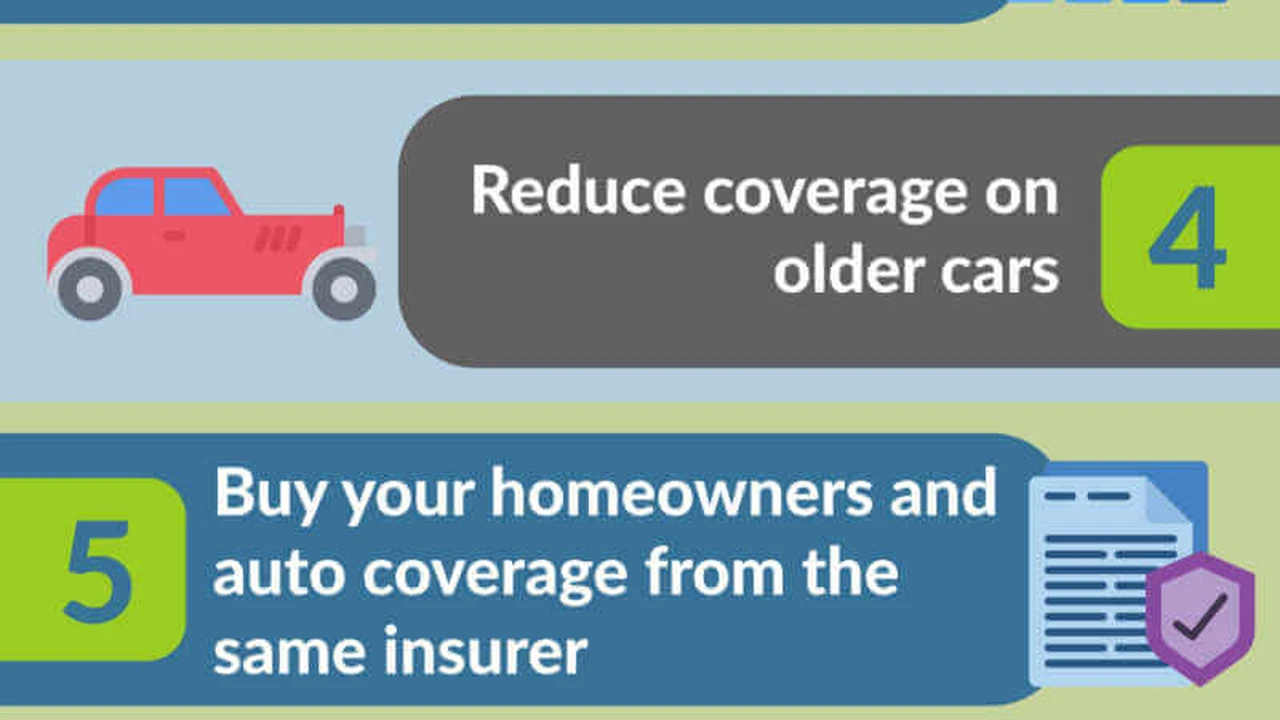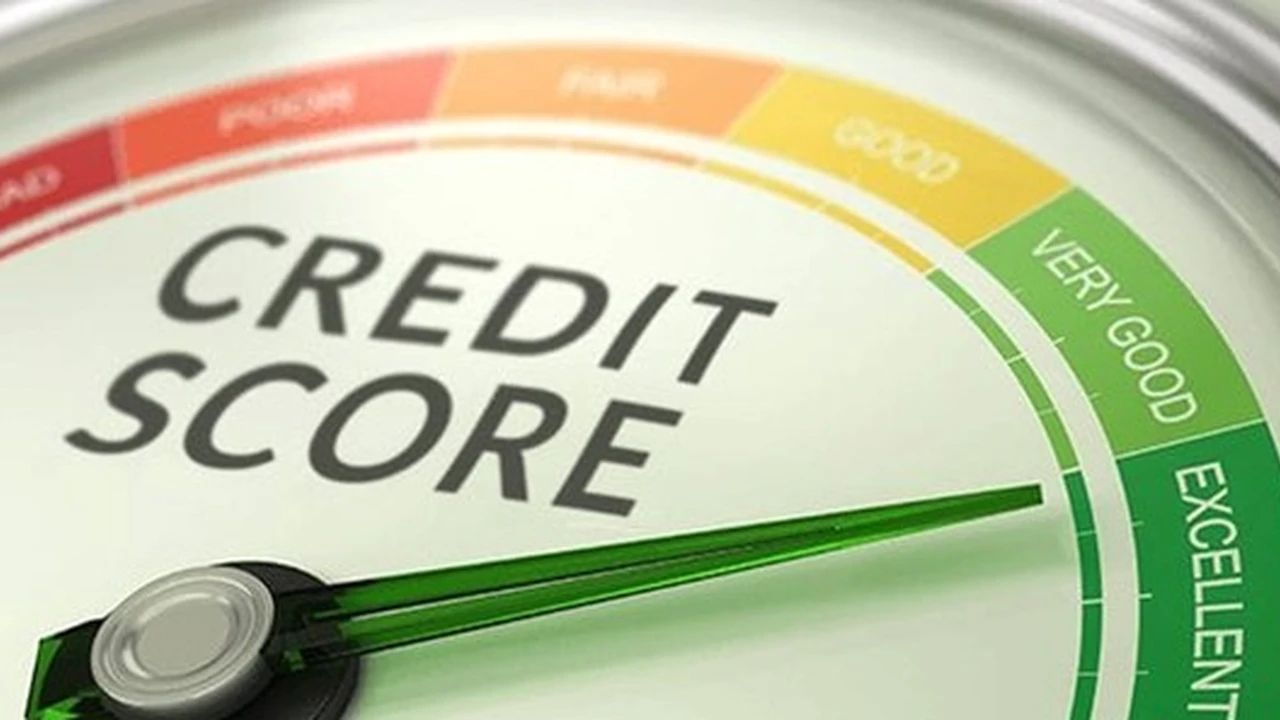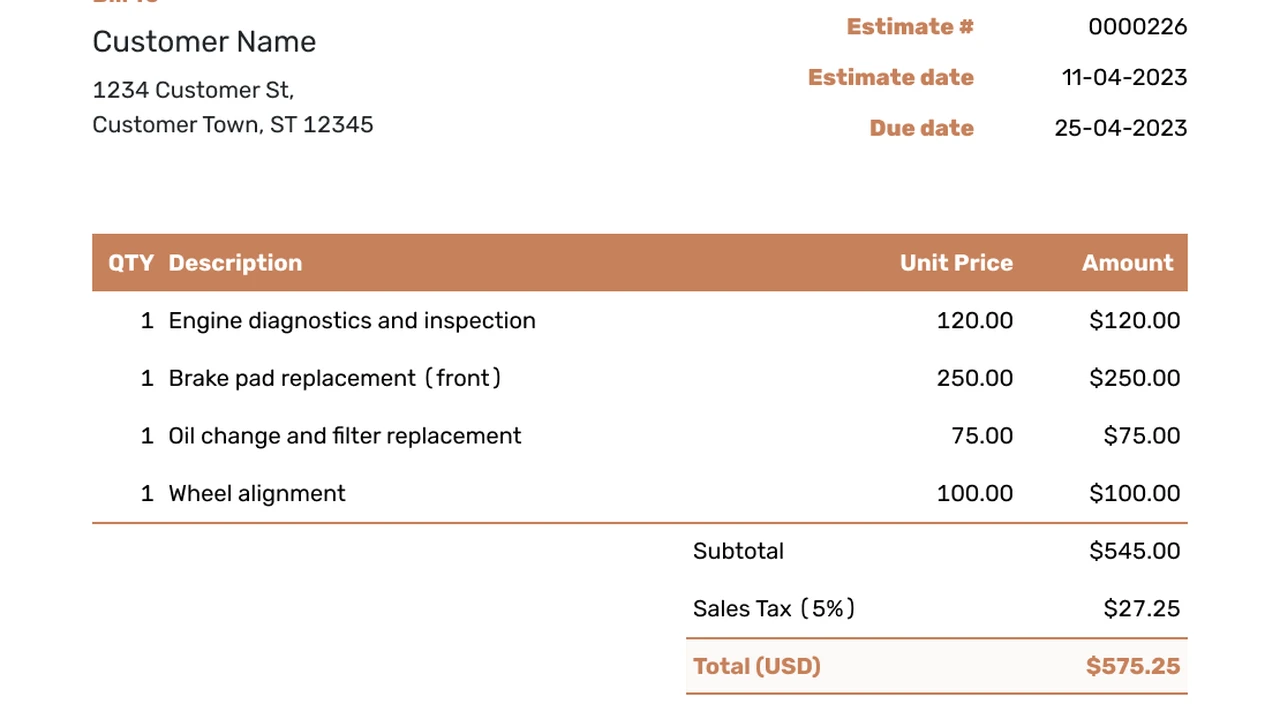How to Lower Your Car Insurance Premium: Expert Tips
Sample meta description.

Understanding Your Car Insurance Coverage Options Key Considerations
Alright, let's dive into the nitty-gritty of car insurance. First things first, you gotta understand what you're actually paying for. Most policies include things like liability coverage (which pays for damages you cause to others), collision coverage (which covers damage to your car if you hit something), and comprehensive coverage (which covers things like theft, vandalism, or weather damage). But there's a whole lot more to it than that! Think about uninsured/underinsured motorist coverage – what happens if someone hits you and they don't have enough insurance to cover your damages? That's where this coverage comes in. And then there's medical payments coverage, which can help pay for your medical bills after an accident, regardless of who was at fault. Knowing these basics is the first step to saving money, because you can then decide what you really need and what you can potentially cut back on.
Before we jump into specifics, it's important to know your state's minimum insurance requirements. These are the bare minimum coverages you *have* to have to legally drive. You can usually find this information on your state's Department of Motor Vehicles (DMV) website. While meeting the minimum is required, it's often not enough to protect you fully. Consider your assets and potential liabilities. Could you afford to pay out of pocket if you caused a major accident? If not, you might need higher liability limits than the state minimum.
Increasing Your Deductible Saving Money on Your Premium
One of the quickest and easiest ways to lower your premium is to increase your deductible. Your deductible is the amount you pay out of pocket before your insurance kicks in. So, if you have a $500 deductible and you get into an accident that causes $2,000 worth of damage, you'll pay $500, and your insurance company will pay the remaining $1,500. Increasing your deductible to $1,000 or even $2,000 can significantly lower your premium. But here's the catch: you have to be comfortable paying that higher amount out of pocket if you have an accident. Think of it as a gamble – you're betting that you won't have an accident, and in return, you're saving money on your insurance. Make sure you have enough saved up to cover that deductible if something does happen!
Think about your driving habits and risk tolerance. Are you a careful driver who rarely gets into accidents? Or are you a bit more accident-prone? If you're a safe driver, increasing your deductible might be a good option. If you're not, you might want to stick with a lower deductible, even though it means paying a higher premium.
Bundling Insurance Policies Maximizing Your Discounts
Insurance companies love it when you bundle your policies. What does that mean? Basically, it means buying multiple insurance policies from the same company. For example, if you have car insurance and homeowners insurance, you can often get a discount by buying both policies from the same company. The discount can be significant, sometimes as much as 10-20%. It's definitely worth checking out. Many companies also offer bundling discounts if you have renters insurance, motorcycle insurance, or even life insurance.
Call your current insurance company and ask about bundling discounts. Then, shop around and get quotes from other companies that offer bundling discounts. Compare the total cost of all the policies to see which company offers the best deal. Don't just look at the discount percentage; focus on the bottom line.
Improving Your Credit Score Impact on Insurance Rates
Believe it or not, your credit score can affect your car insurance rates. Insurance companies argue that people with good credit scores are less likely to file claims. Whether that's true or not, the fact is that a good credit score can save you money on your insurance. So, if you have a low credit score, it's worth working on improving it. Pay your bills on time, keep your credit card balances low, and avoid opening too many new credit accounts at once.
Check your credit report regularly for errors. You're entitled to a free credit report from each of the three major credit bureaus (Equifax, Experian, and TransUnion) once a year. Dispute any errors you find, as they could be negatively impacting your credit score.
Taking a Defensive Driving Course Reducing Accident Risk
Many insurance companies offer discounts for drivers who complete a defensive driving course. These courses teach you how to drive safely and avoid accidents. They can be especially helpful for young drivers or drivers who have recently received a traffic ticket. Plus, some states will even remove points from your driving record if you complete a defensive driving course.
Check with your insurance company to see if they offer a discount for completing a defensive driving course. Then, find an approved course in your area. Make sure the course is approved by your state's DMV or Department of Public Safety. You can usually find a list of approved courses on the DMV website.
Shopping Around Comparing Quotes from Multiple Insurers
This is perhaps the most important tip of all: shop around! Don't just stick with the same insurance company year after year. Insurance rates can vary significantly from company to company, so it's always worth getting quotes from multiple insurers. You can use online comparison tools to get quotes from multiple companies at once. Or, you can call individual insurance companies and get quotes over the phone.
When comparing quotes, make sure you're comparing apples to apples. That means getting quotes for the same coverage limits and deductibles. Don't just focus on the price; also consider the company's reputation and customer service. Read online reviews to see what other customers have to say about their experiences with the company.
Considering Usage-Based Insurance Programs Monitoring Your Driving Habits
Usage-based insurance (UBI) programs, also known as pay-as-you-drive insurance, track your driving habits and adjust your rates accordingly. These programs typically use a device that plugs into your car or a mobile app to track things like your speed, braking habits, and mileage. If you're a safe driver who doesn't drive much, you could save money on your insurance. However, if you're a risky driver or drive a lot, you could end up paying more.
Progressive's Snapshot program is a popular UBI option. It uses a device plugged into your car’s OBD-II port to track driving behavior for a set period, typically 30 days. Safe drivers can earn significant discounts. Another option is Allstate’s Drivewise, which uses a mobile app to track driving habits. It offers rewards and potential discounts for safe driving.
Choosing the Right Car Make and Model Impact on Insurance Costs
The type of car you drive can also affect your insurance rates. Some cars are simply more expensive to insure than others. Sports cars and luxury cars, for example, tend to have higher insurance rates because they're more likely to be involved in accidents and more expensive to repair. On the other hand, safer cars with good safety ratings tend to have lower insurance rates.
Before you buy a new car, get insurance quotes for different makes and models. You might be surprised at how much the insurance rates can vary. Also, consider the car's safety features. Cars with features like automatic emergency braking and lane departure warning often qualify for insurance discounts.
Maintaining a Clean Driving Record Avoiding Tickets and Accidents
This one's pretty obvious, but it's worth repeating: maintain a clean driving record. Tickets and accidents can significantly increase your insurance rates. Even a single speeding ticket can raise your rates for several years. So, drive safely, obey the traffic laws, and avoid accidents.
If you do get a ticket, consider fighting it in court. If you can get the ticket dismissed or reduced to a non-moving violation, it won't affect your insurance rates. Also, if you're involved in an accident, try to avoid being at fault. Even if you're partially at fault, it could still raise your rates.
Reviewing Your Policy Annually Identifying Potential Savings
It's a good idea to review your car insurance policy at least once a year. Your needs may have changed since you first bought the policy. For example, you may have paid off your car loan, which means you no longer need collision coverage. Or you may have moved to a new neighborhood with a lower crime rate, which could lower your comprehensive coverage rates.
Also, review your policy to make sure you're still getting the best possible rates. Insurance rates change over time, so it's worth shopping around to see if you can find a better deal elsewhere. Don't just renew your policy automatically without checking to see if you can save money.
Considering Gap Insurance Protecting Your Investment
If you have a car loan, you might want to consider gap insurance. Gap insurance covers the difference between what you owe on your car loan and what your car is worth if it's totaled in an accident. This can be especially important if you bought a new car that depreciates quickly.
Ask your lender or insurance company about gap insurance. It's typically a relatively inexpensive coverage that can provide peace of mind knowing that you won't be stuck paying off a car loan for a car you can no longer drive.
Specific Product Recommendations and Comparisons
OBD-II Devices for Usage Based Insurance
Several companies offer OBD-II devices to track driving habits for usage-based insurance programs. Here's a comparison of a few popular options:
- Progressive Snapshot: This device plugs into your car's OBD-II port and tracks your driving behavior for a set period, typically 30 days. Safe drivers can earn significant discounts, but risky driving can increase your rates. Price: Free to use, but requires participation in the Snapshot program.
- Allstate Drivewise: This uses a mobile app to track driving habits. It offers rewards and potential discounts for safe driving. Price: Free to use with Allstate policy.
- Automatic Pro: This device provides detailed insights into your driving habits and vehicle health. It can also be used to track mileage for business purposes. While not directly tied to insurance discounts, it can help you improve your driving habits and potentially lower your risk profile. Price: Around $129.95.
Dash Cams for Accident Documentation and Potential Discounts
A dash cam can provide valuable evidence in the event of an accident. Some insurance companies even offer discounts for drivers who install a dash cam.
- Garmin Dash Cam 67W: This dash cam records in 1440p resolution and has a wide 180-degree field of view. It also includes features like GPS, voice control, and incident detection. Price: Around $250.
- Thinkware Q800PRO: This dash cam records in 2K QHD resolution and has a wide 140-degree field of view. It also includes features like parking mode, impact detection, and cloud connectivity. Price: Around $300.
- Vantrue N4: A 3-channel dashcam recording front, inside and rear. Price: Around $280.
Telematics Devices for Fleet Management and Potential Insurance Benefits
If you own a business with a fleet of vehicles, telematics devices can help you track vehicle location, driver behavior, and fuel consumption. Some insurance companies offer discounts for businesses that use telematics devices to improve driver safety.
- Verizon Connect: This platform offers a comprehensive suite of telematics features, including GPS tracking, driver behavior monitoring, and vehicle diagnostics. Price: Varies depending on the size of your fleet and the features you need.
- Geotab: This platform offers similar features to Verizon Connect, with a focus on data analytics and reporting. Price: Varies depending on the size of your fleet and the features you need.
Final Thoughts on Optimizing Your Car Insurance
Lowering your car insurance premium is an ongoing process. By understanding your coverage options, shopping around for the best rates, and taking steps to improve your driving habits, you can save money on your insurance without sacrificing coverage. Remember to review your policy annually and make adjustments as needed to ensure you're getting the best possible value.
:max_bytes(150000):strip_icc()/277019-baked-pork-chops-with-cream-of-mushroom-soup-DDMFS-beauty-4x3-BG-7505-5762b731cf30447d9cbbbbbf387beafa.jpg)






